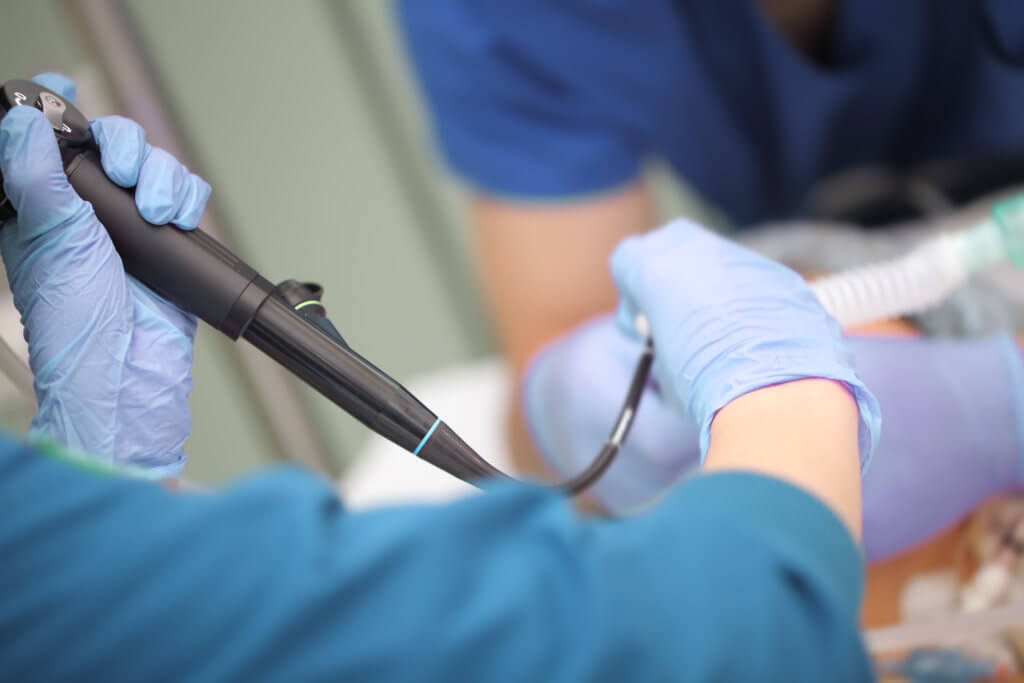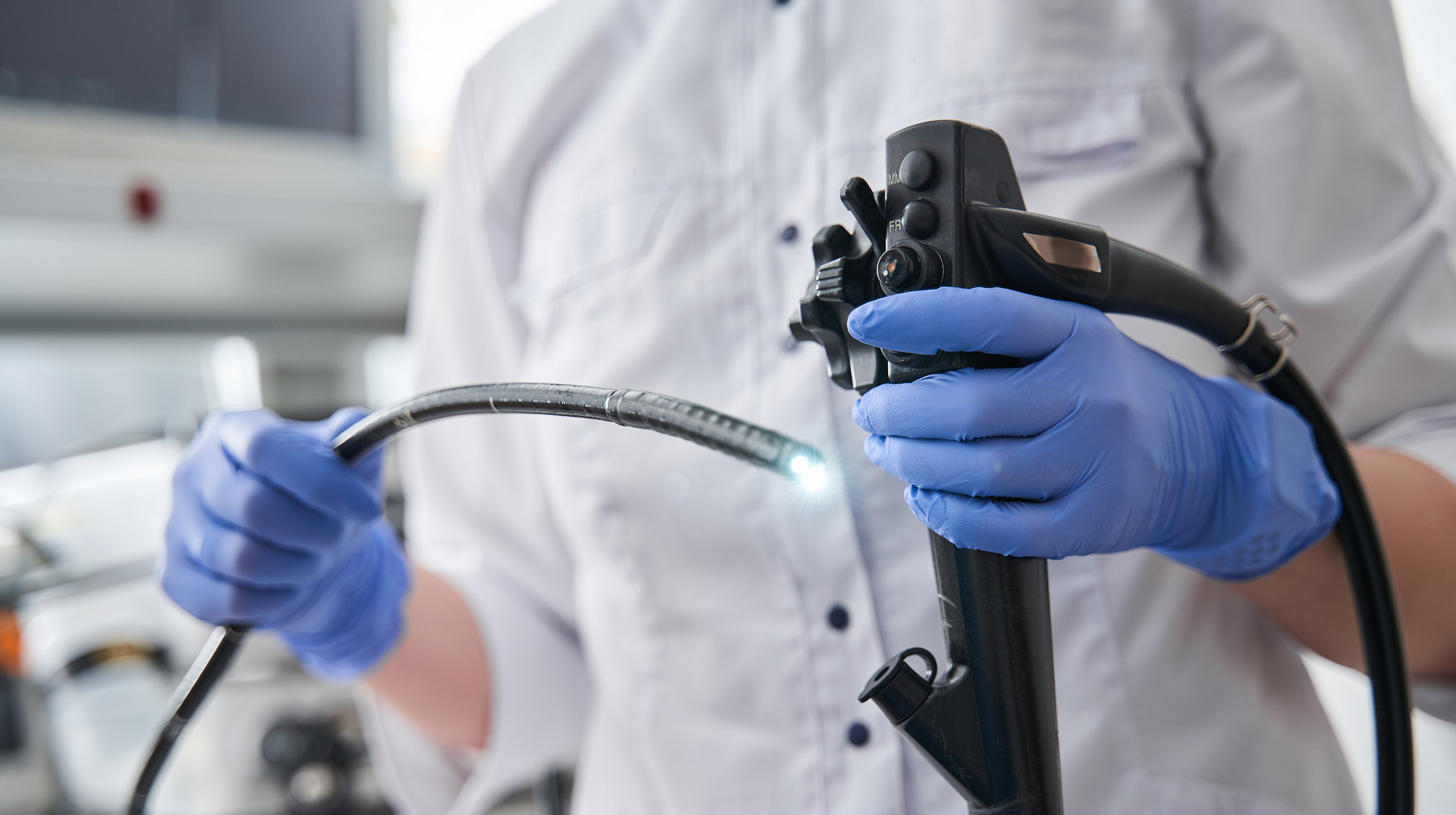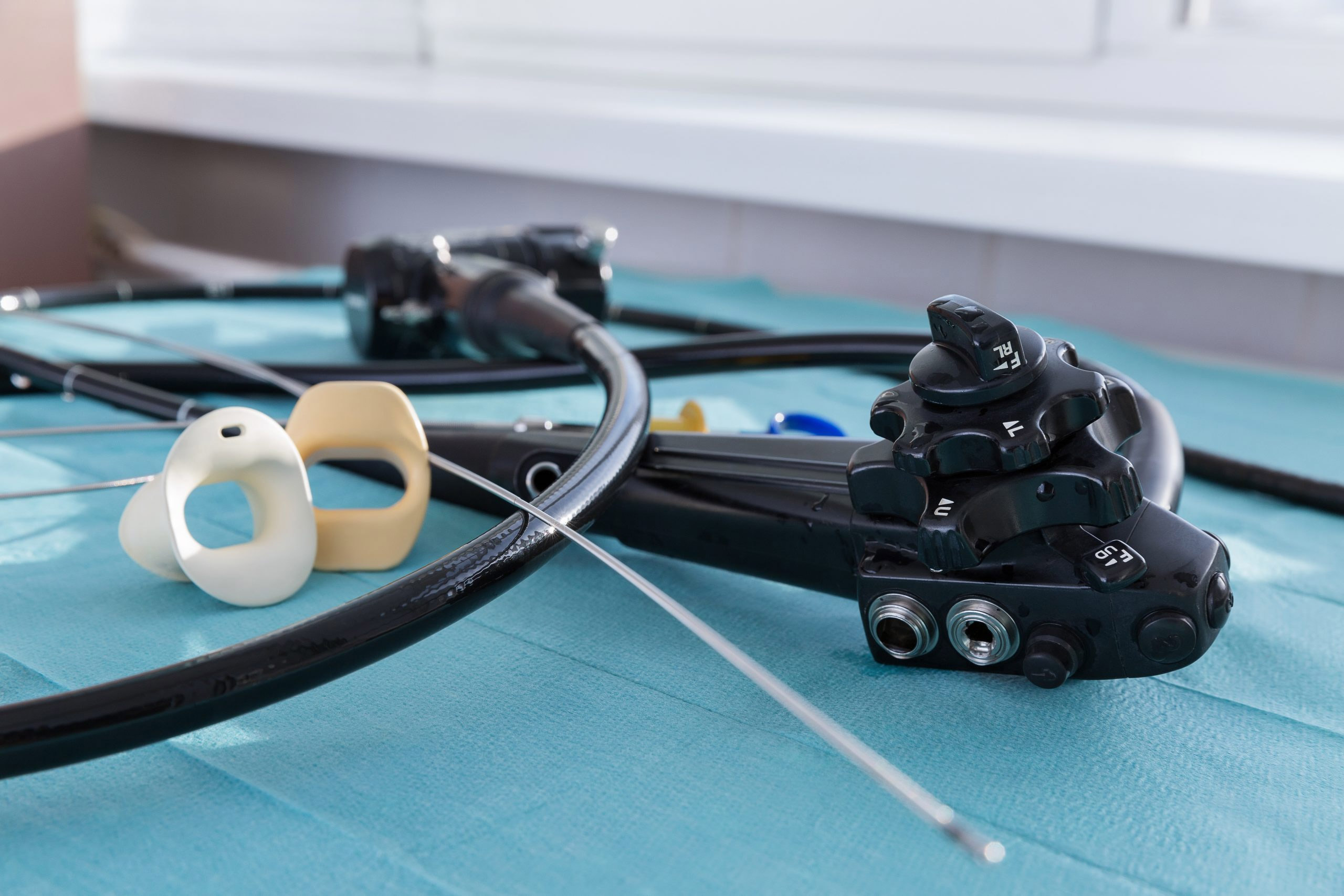
Blood in the urine and painful urination, while always causes for alarm, can be attributed to a host of medical conditions.
This May, the World Bladder Cancer Patient Coalition is encouraging anyone feeling uncertain about the root cause of these symptoms to get checked.
“Feeling unsure? Get checked” is the theme for the 2023 Bladder Cancer Awareness Month. In May, the World Bladder Cancer Patient Coalition and the Bladder Cancer Awareness Network (BCAN) are encouraging anyone with concerns to ask for a bladder cancer screen. It just may save their life.
Like many other cancers, early bladder cancer detection can greatly improve treatment outcomes. Bladder cancer is the 10th most common cancer in the world and the 13th most deadly, according to the World Bladder Cancer Patient Coalition.
Aside from blood in the urine and painful urination, other early signs of disease may include urgent urination, pelvic pain, unexplained weight loss, fatigue and back pain.
To be screened for bladder cancer, patients may undergo a cystoscopy — an endoscopic procedure where a narrow, thin tube is inserted into the urethra for a healthcare provider to view the urinary tract. Cystoscopies are routine endoscopic procedures and, according to some urologists, still considered the gold standard in bladder cancer diagnosis.
“The problem with some of these [urine] markers is that they can also miss some high-grade cancers and they also have the potential for false positive results,” Dr. Yair Lotan, professor of urology and chief of urologic oncology at UT Southwestern Medical Center, told the Bladder Cancer Matters podcast in a 2021 interview. “They are being used in various different clinical scenarios, but not yet to replace cystoscopy.”
Other ways to test for bladder cancer include:
The National Cancer Institute (NCI) estimates a 77 percent five-year relative survival rate for those with localized bladder cancer. This means 77 percent of the population with a localized bladder cancer diagnosis are expected to be alive five years after their diagnosis.
Unfortunately, as the disease progresses and moves to other parts of the body, those five-year survival rates plummet. The NCI estimates a 39 percent survival rate if the disease has spread to nearby lymph nodes and a low eight percent if cancer that has spread from the bladder to distant parts of the body, once again highlighting the importance of early detection and treatment.
Once bladder cancer has moved on to more advanced stages, patients may experience more intense symptoms like:


